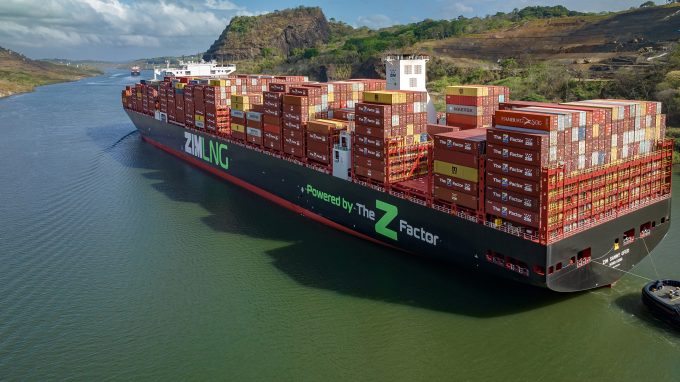Zim steams ahead with LNG newbuilds – 'a commercial differentiator'
Zim is leaning into its green credentials and betting big on LNG, following a third ...

LNG appeared briefly to go out of fashion last year after being slammed as a ‘bridge to nowhere’ and a fossil fuel industry ‘con’.
However, LNG-fuelled containerships have swept back to prominence in newbuild ordering, with a share of some 55% of the 2024 orderbook.
A record 1.76m teu of LNG-powered tonnage has been ordered, says Alphaliner this week, up from 440,000 teu in 2023.
It also represents a major increase over the 1.16m teu of LNG-powered tonnage ordered in 2022 – before ...
Transpacific sees first major MSC blanks as rates fall and volumes falter
'It’s healthy competition' Maersk tells forwarders bidding for same business
Opposition builds for final hearing on US plan to tax Chinese box ship calls
White House confirms automotive tariffs – 'a disaster for the industry'
New price hikes may slow ocean spot rate slide – but for how long?
Supply chain delays expected after earthquake hits Myanmar
Shippers snap up airfreight capacity to US ahead of tariff deadline
Tighter EU import requirements proving 'a challenge' for forwarders

Comment on this article